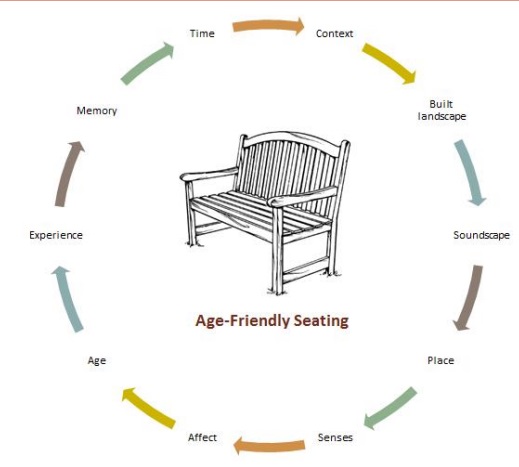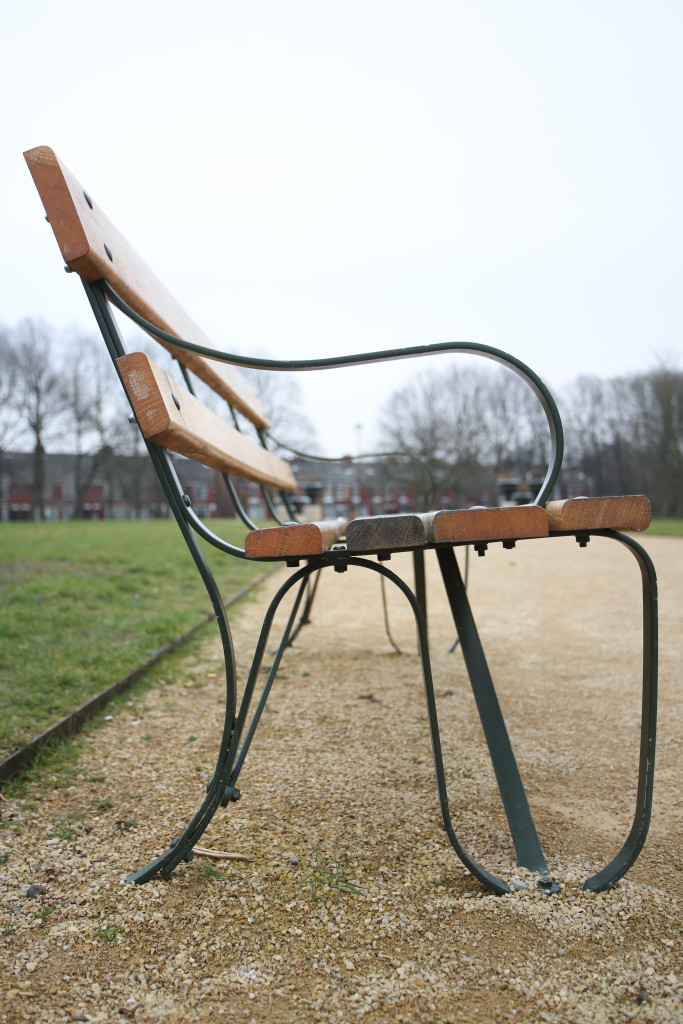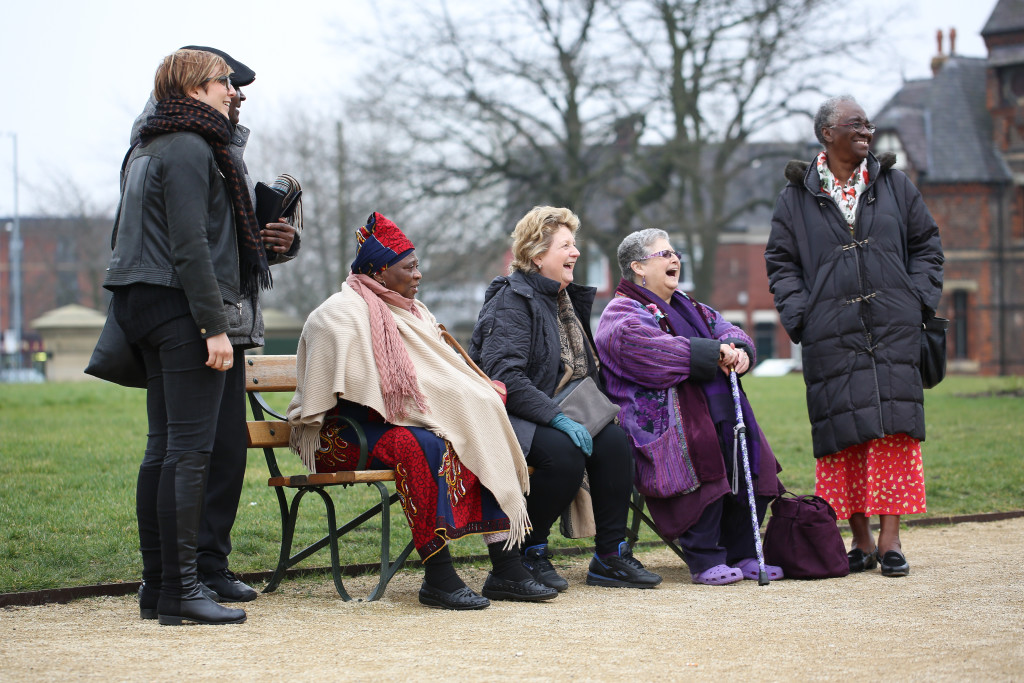Introduction
The 21st century witnessed a momentous transition in modern urbanism with 2008 marking the year when more than 50% of the world population became urban.
Simultaneously, globally improving health, nutrition and medicine have resulted in population ageing significantly affecting contemporary conurbations.
The Age-friendly Manchester programme aims to improve the quality of life for older people in Manchester and make the city a better place to grow old.
In 2010, Manchester became the first UK city to join the World Health Organisation (WHO) Global Network of age-friendly cities.
This membership recognised the work that had been happening in the city since 2002 as part of the Valuing Older People (VOP) programme.
Since 2005, work in Manchester has included an urban design element and in 2012, the Age-Friendly Manchester team established an Age-friendly Design Group.
This goes alongside partnerships with the Manchester School of Architecture and Manchester School of Art.
The WHO produced an Age-friendly City Guide, which has a focus on urban design, based on the model of an ideal city for older people.
It has a universal checklist of features that should produce an age-friendly environment. This guide highlighted public seating as a necessary age-friendly feature. Various academic and policy publications have since reinforced this observation, often with a focus on design.
Although crucial, this type of practical guidance carries an inherent risk in that a preoccupation with generating actionable results excludes the equally important, less obvious and more complex, relational dimensions amidst design, people and place (Handler, 2014).
Read the full report here:



